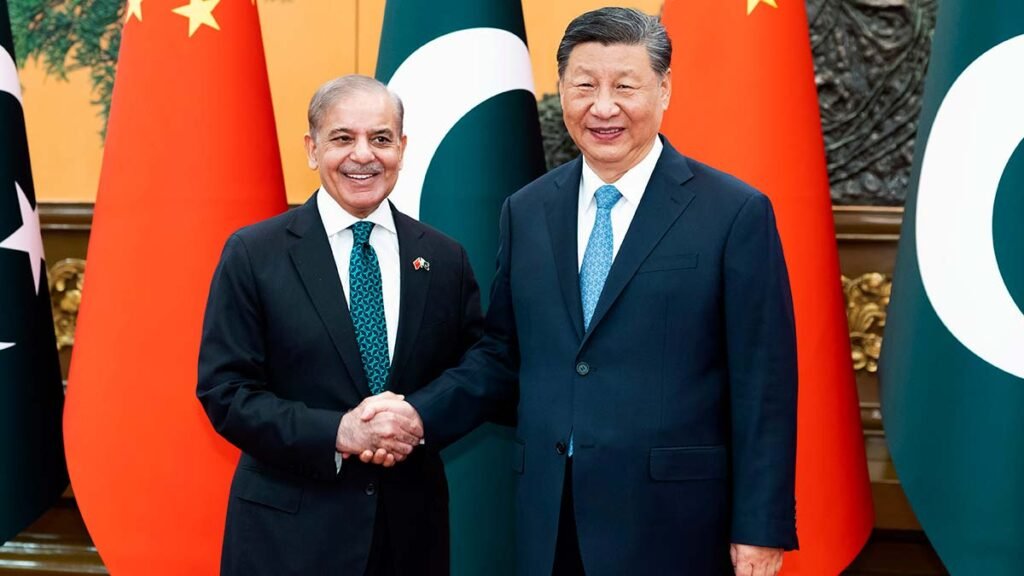
In a bold diplomatic reconfiguration of South Asian geopolitics, Pakistan and China are engaged in serious talks to create a new regional bloc aimed at superseding the dormant South Asian Association for Regional Cooperation (SAARC). The proposed bloc, dubbed the “South-Central Regional Partnership (SCRP),” would comprise like-minded nations of South Asia, Central Asia, and the wider Belt and Road Initiative (BRI) family.
The South Asian Association for Regional Cooperation (SAARC) was once conceived as the great hope for the body that could unite South Asia, but has been virtually inactive for almost a decade, unable to meet mainly because of India-Pakistan tension. The last full SAARC summit took place in 2014 in Kathmandu, and attempts to revitalize it have repeatedly failed. Frustrated with the impasse, Pakistan is looking for ways to develop a new engagement agenda with its regional partners without involving India.
Sources reveal that China was very interested in the idea, seeing it as a natural extension of the BRI and as a way to counterbalance India’s growing presence in the Indo-Pacific and the Quad alliance.
Although still a work in progress, diplomatic sources indicate that the new group may consist of:
- Pakistan
- China
- Afghanistan (the interim Taliban government)
- Iran
- Central Asian states, like Uzbekistan, Kazakhstan, and Turkmenistan
- Sri Lanka and Nepal (as observers or limited partners)
This grouping will be organized around connectivity, energy cooperation, trade, and non-traditional regional security, where SAARC did not succeed.
This initiative has numerous strategic benefits for China:
- Purposefully expanding Chinese BRI influence beyond South Asia into Central and West Asia.
- Weakening Indian influence in the region by isolating it diplomatically.
- Securing energy routes and trade routes, particularly through the Gwadar Port in Pakistan.
- Forming a security-oriented alliance in a region moving towards more U.S. led alliances (Quad and AUKUS).
Analysts believe the China-Pakistan Economic Corridor (CPEC) will serve as the backbone of the new bloc’s economic integration.
The future of SAARC now appears more doubtful than ever before. What was once the shining light of economic collaboration between eight nations of South Asia is now quickly being separated from the political reality of geopolitical rivalry.
- The potential alliance will not be without issue, despite the shared purpose:
- Lack of trust amongst some of the members.
- Economic sanctions on countries like Iran and Afghanistan have resulted in diplomatic isolation.
- Logistical and linguistic barriers have been afflicting other institutions in the region.
- India will probably oppose this, particularly in the case of neighboring countries switching allegiance.
Yet, for Pakistan and China, it might be the beginning of replacing a broken and unstable paradigm with a new geopolitical one.
Diplomatic talks are likely to pick up pace over the next few months as Pakistani and Chinese officials are reportedly currently drafting a concept paper, with a potential first summit in early 2026. If successful, the South-Central Regional Partnership could be the most ambitious regional initiative since SAARC was established in 1985.
As the balance of power shifts in South Asia, new partnerships are emerging to reflect the rapidly changing order of the world.
Keep reading questiqa.com

